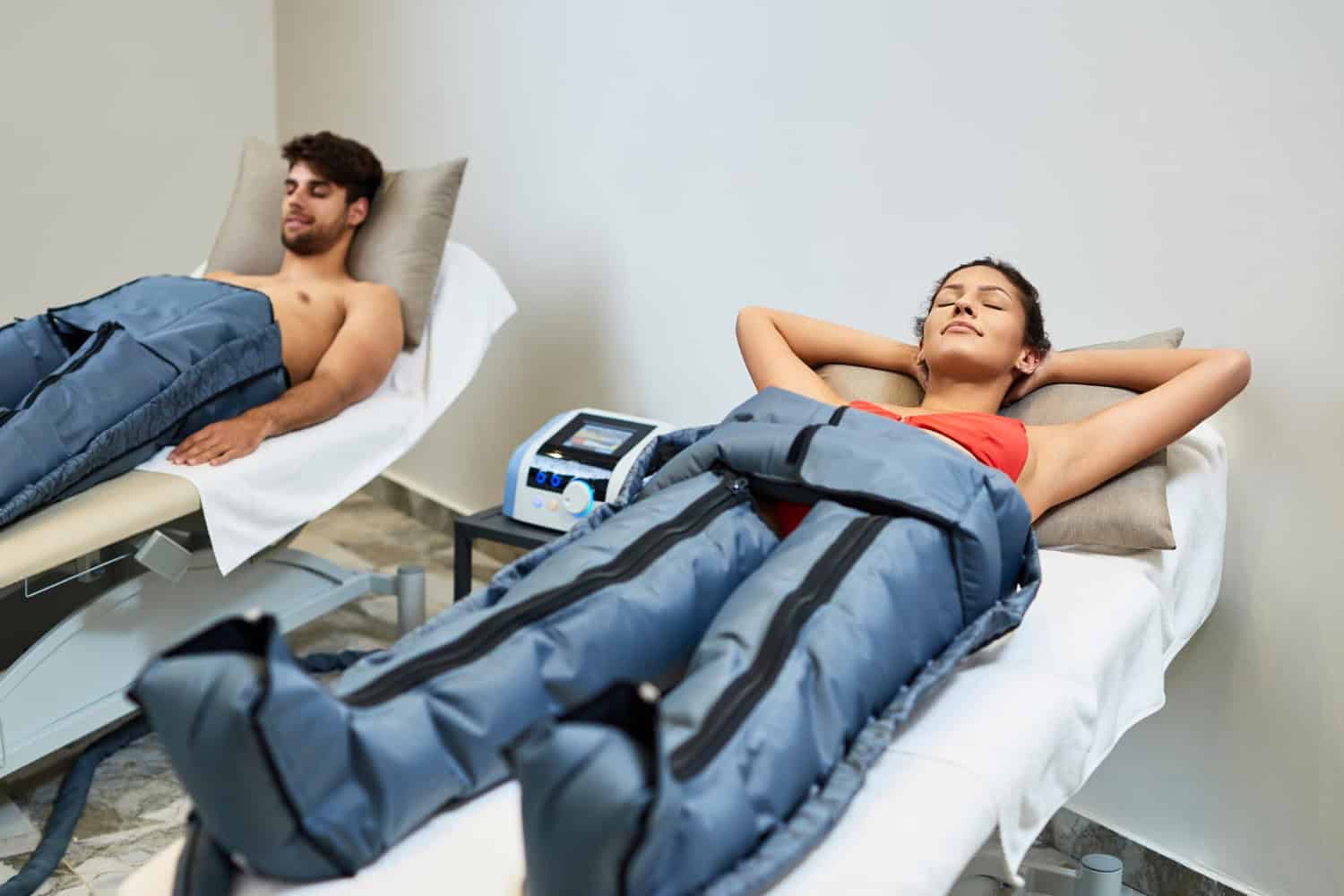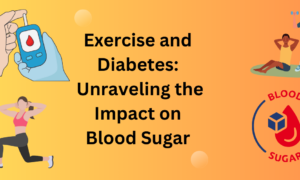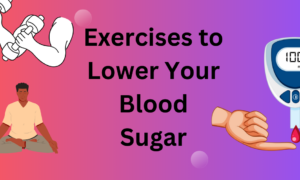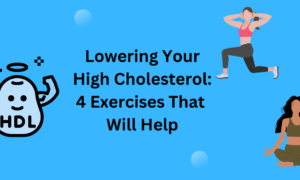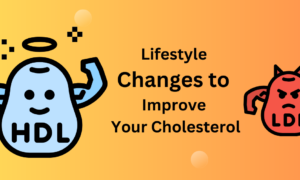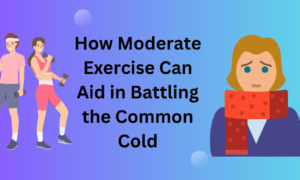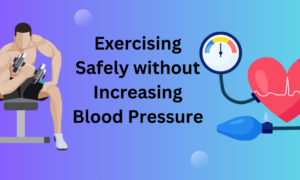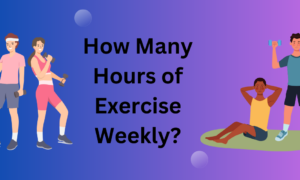Recovery is essential for overall well-being, particularly for athletes, fitness lovers, and those dealing with injuries. Cryotherapy and heat therapy have become two significant methods to facilitate quick recovery. Each method presents unique benefits and is commonly utilized for alleviating pain, decreasing inflammation, and aiding in healing. Let’s examine how these treatments function, their advantages, and how they stack up when applied to particular ailments.
How Cryotherapy Works
Cryotherapy involves exposing the body or specific areas to extremely cold temperatures for a short period. This can be achieved through ice packs, cold baths, or advanced methods like whole-body cryotherapy chambers. By lowering the temperature of the affected area, cryotherapy triggers a cascade of physiological responses.
Key Benefits of Cryotherapy
One of the primary cryotherapy benefits is its ability to reduce inflammation. Cold exposure constricts blood vessels, which helps decrease swelling in injured tissues. This makes it particularly useful for managing acute injuries like sprains or muscle tears. Additionally, cryotherapy can alleviate pain by numbing nerve endings, providing immediate relief.
Another benefit is its capacity to enhance recovery duration. Consistent sessions might improve muscle recovery by boosting blood circulation after the body gets warm following treatment. This enhanced blood flow supplies oxygen and nutrients to muscles, supporting recovery. Cryotherapy is thought to promote the release of endorphins, enhancing mood and reducing fatigue.
Cryotherapy can also support skin health and reduce symptoms of certain skin conditions. The cold exposure tightens pores, improves elasticity, and may reduce inflammation associated with conditions like eczema or psoriasis. Whether applied locally or as whole-body therapy, cryotherapy remains a go-to solution for athletes aiming for rapid recovery and individuals seeking relief from chronic pain.
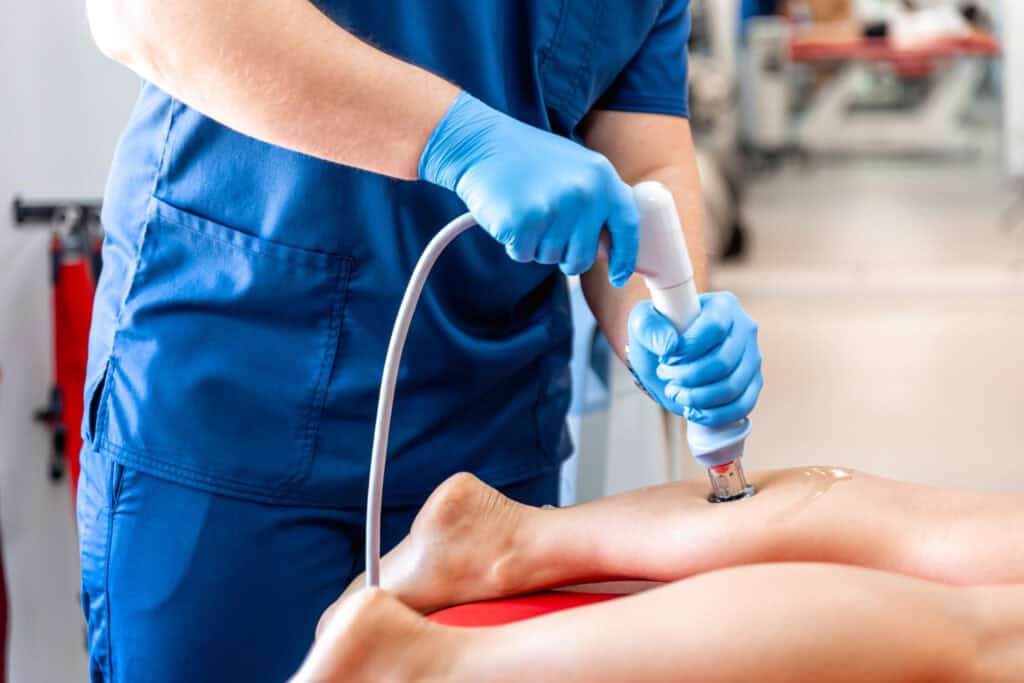
How Heat Therapy Works
Heat therapy, also known as thermotherapy, involves the application of heat to relax and heal tissues. Common methods include heating pads, warm baths, and specialized heat wraps. By raising the temperature of the affected area, this therapy enhances blood circulation and relieves muscle stiffness.
Key Benefits of Heat Therapy
Heat therapy’s primary advantage is its ability to improve blood flow, which facilitates oxygen and nutrient delivery to damaged tissues. This accelerated healing process is particularly beneficial for chronic conditions such as arthritis, where stiffness and pain persist over time.
Another advantage is its ability to relax tense or fatigued muscles. The heat soothes muscle fibers, alleviating tension and enhancing flexibility. For those experiencing back pain or neck stiffness, heat therapy can provide considerable relief. Heat therapy is frequently utilized to alleviate menstrual cramps, offering relief and soothing discomfort during periods.
Additionally, heat therapy provides a calming effect. The comforting warmth can help reduce stress and promote relaxation, making it ideal for end-of-day recovery routines. Despite its effectiveness, it is best suited for non-inflammatory conditions, as heat can exacerbate swelling in acute injuries.
Comparing Cryotherapy and Heat Therapy
Both cryotherapy and heat therapy serve valuable purposes in recovery, but their applications differ. Understanding when to use cold versus heat can make a significant difference in outcomes.
Cryotherapy vs. Heat for Healing
Cryotherapy is ideal for acute injuries that involve swelling and inflammation. For example, applying ice immediately after a sprain can prevent further tissue damage and control swelling. On the other hand, heat therapy works better for chronic conditions or muscle tightness, where improved circulation aids long-term healing.
A significant distinction lies in how they impact pain. Cryotherapy is effective for dulling intense pain and alleviating immediate distress. Conversely, heat therapy delivers a calming feeling that is more beneficial for persistent or ongoing pains. Based on the circumstances, these therapies may also be employed jointly in a contrast therapy method to promote improved recovery.
Applications in Sports and Fitness
In sports and fitness, both therapies have become indispensable tools for recovery. Athletes often incorporate these methods into their routines to stay in peak condition.
Cryotherapy for Athletes
Cryotherapy benefits athletes by helping them recover faster from intense training sessions. Whole-body cryotherapy sessions are particularly popular among professionals, as they reduce muscle soreness and improve performance. The cold exposure also stimulates anti-inflammatory responses, allowing athletes to train more consistently without the setback of overuse injuries.
Moreover, cryotherapy might assist in improving mental clarity and energy. Athletes frequently express feeling more awake and refreshed following their workouts. The advantages go beyond just physical healing, enhancing overall athletic ability and mental toughness.
Heat Therapy for Athletes
Heat therapy, on the other hand, is commonly used before workouts to loosen tight muscles and prevent injury. It’s also effective post-training for relieving tension and promoting relaxation. For sports involving repetitive movements, like running or cycling, heat therapy can alleviate chronic aches and stiffness.
Athletes in endurance sports often use heat therapy to maintain flexibility and reduce muscle fatigue. For example, long-distance runners may use heat wraps on their legs after marathons to ease soreness and support recovery. Both methods are integral to an athlete’s recovery arsenal, often complementing each other for optimal results.
When to Use Cryotherapy
Knowing when to apply cryotherapy is crucial for effective recovery. As a rule of thumb, cryotherapy should be used for acute injuries that involve swelling or inflammation. Common examples include:
- Sprains and strains
- Muscle tears
- Post-surgical swelling
- Overuse injuries
In these situations, using cold therapy in the initial 48 hours can greatly lessen harm and speed up recovery. Consistent application of cryotherapy may also aid those with chronic ailments like rheumatoid arthritis or migraines. Additionally, the anti-inflammatory properties of cryotherapy make it an effective resource for treating issues such as tendonitis.
When to Use Heat Therapy
Heat therapy is best suited for chronic issues or situations where muscle stiffness and tension are the primary concerns. Common applications include:
- Lower back pain
- Arthritis
- Muscle knots
- Stress-related tension
Applying heat therapy prior to physical activity can similarly improve performance by boosting flexibility and range of motion. For instance, those who practice yoga frequently utilize heat pads prior to stretching to enhance their poses. Nevertheless, it’s crucial to refrain from using heat therapy when acute inflammation is present, since it could exacerbate the situation.
Combining Cryotherapy and Heat Therapy
For certain recovery needs, combining both methods in a contrast therapy approach can be highly effective. This involves alternating between cold and heat applications to enhance circulation and reduce stiffness.
How Contrast Therapy Works
The cold application constricts blood vessels, reducing inflammation, while the subsequent heat application dilates them, improving blood flow. This cycle flushes out toxins and increases nutrient delivery to the affected area, promoting faster healing.
Contrast therapy is particularly effective for issues such as delayed-onset muscle soreness, where inflammation and stiffness are present together. Nonetheless, it’s important to schedule the transitions thoughtfully to enhance benefits. For instance, switching between a cold pack and a heating pad every 10 minutes can offer significant relief.
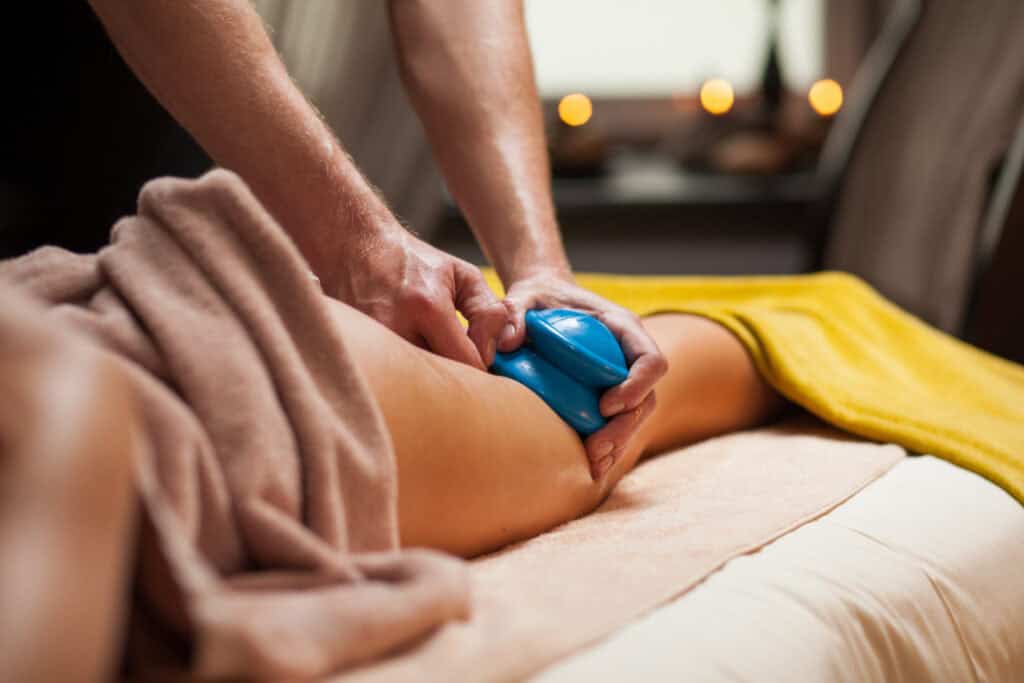
Emerging Trends in Cryotherapy and Heat Therapy
The popularity of cryotherapy and heat therapy has led to innovations in how these treatments are delivered. Mobile cryotherapy units and advanced heat therapy devices are making it easier for individuals to access these therapies at home. Wearable heat wraps with adjustable temperature settings are becoming increasingly common, offering convenience for users with busy lifestyles.
Cryotherapy chambers are also evolving, with newer models incorporating additional features like infrared light therapy for added benefits. These advancements are making recovery treatments more effective and accessible, allowing more people to experience their advantages.
Safety Considerations
While cryotherapy and heat therapy are generally safe, there are some precautions to keep in mind. Overexposure to extreme cold can cause frostbite or skin damage, so it’s important to limit sessions to the recommended duration. Similarly, prolonged heat application can lead to burns or overheating.
People with specific medical issues, like poor circulation or neuropathy, ought to seek advice from a healthcare provider before beginning any therapy. Expectant mothers and people with heart issues should likewise be careful. Making sure to apply correctly and keep track of the length of each session can assist in preventing possible risks.
Conclusion
Cryotherapy and heat therapy are powerful tools for rapid recovery. Each offers unique advantages, from reducing inflammation and pain to improving circulation and muscle flexibility. By understanding their specific uses and benefits, you can choose the right method for your recovery needs.
Regardless of whether you’re an athlete striving to exceed your boundaries or an individual dealing with chronic pain, adding these therapies to your regimen can accelerate your healing and enhance your well-being. When applied correctly and with safety precautions, cryotherapy and heat therapy can greatly improve your overall recovery journey. Integrating both approaches, when suitable, can enhance their efficacy, making them essential resources for those who focus on recovery.

